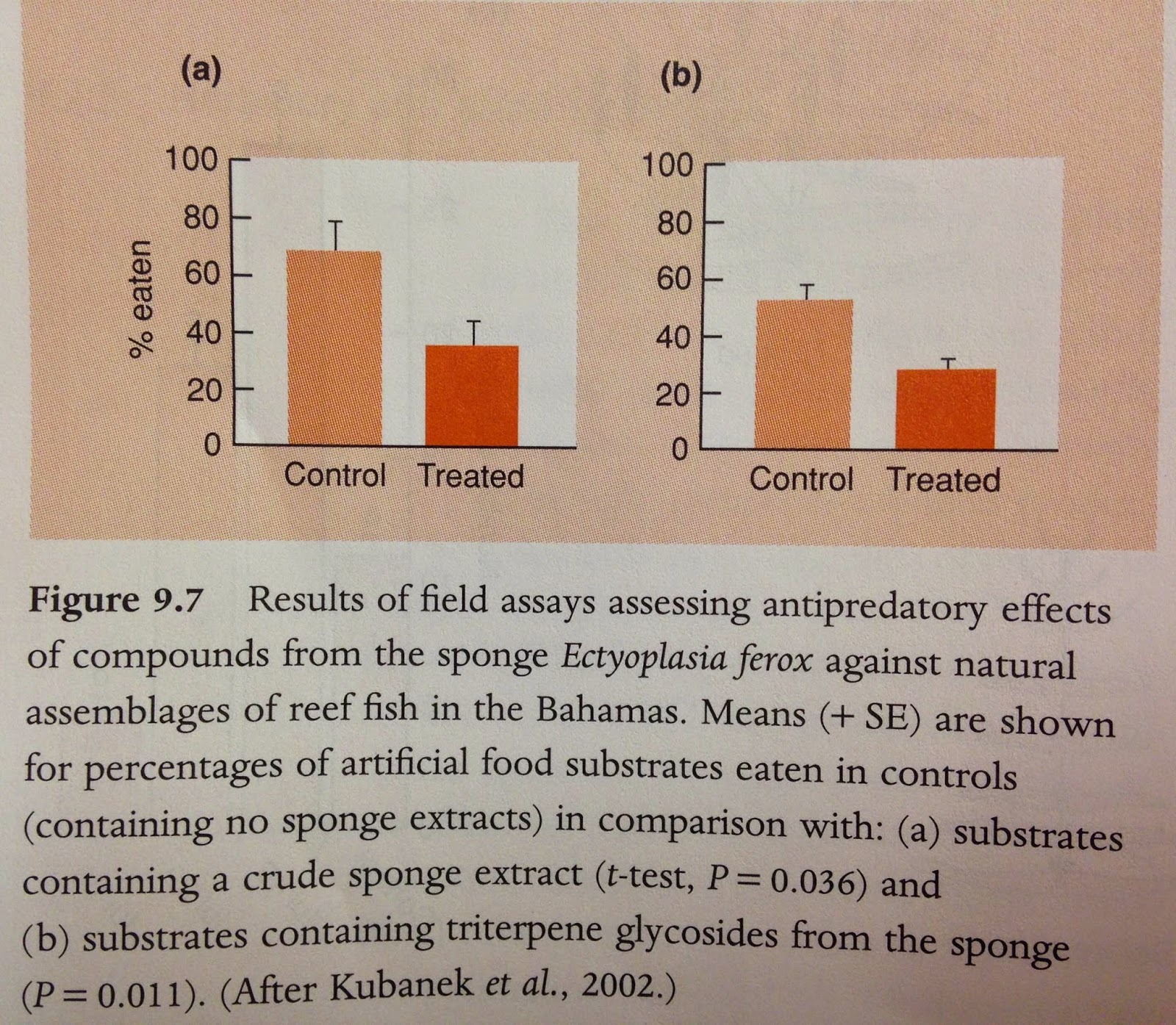Prey can hide, flee, or fight to escape predation.
Prey organisms have diverse adaptations to avoid predators. Prey may try
A) to flee its predator
B) defend itself by fighting, tough armor, or spines
C) to disguise itself
Many circumstances determine which strategy, or combination of strategies the animal will use to minimize its chances of being caught. No matter what defense strategy an organism uses, they are all costly to the prey, requiring the allocation of large amounts of time, energy, and materials which are limited in supply. Predation has a major influence on the fitness of the organism and predators play important roles in natural selection.

